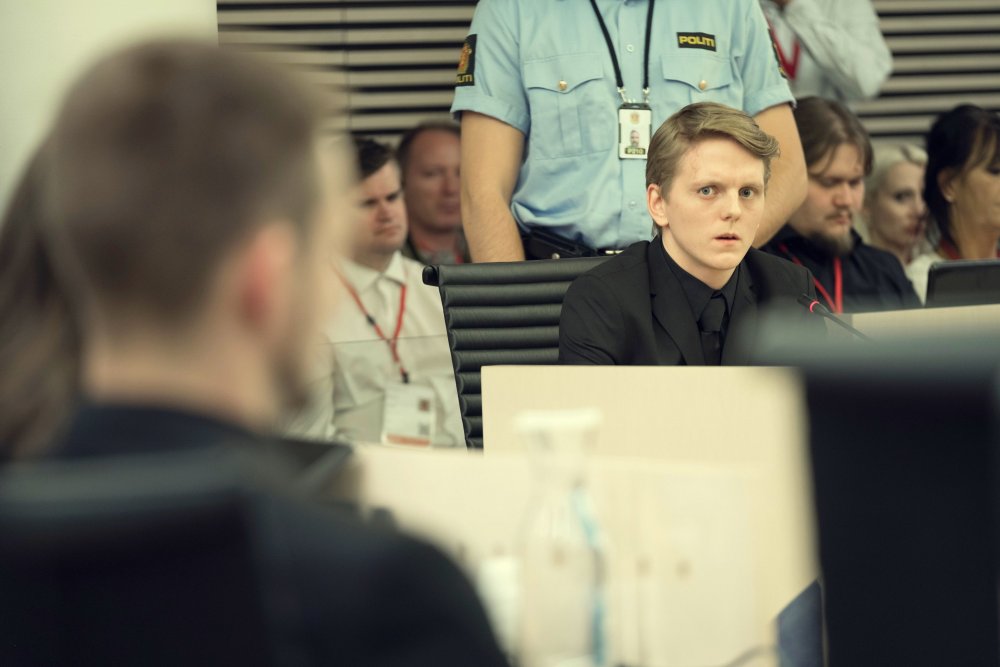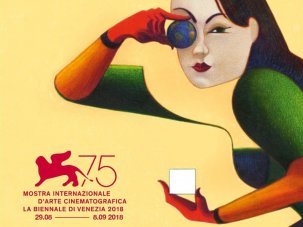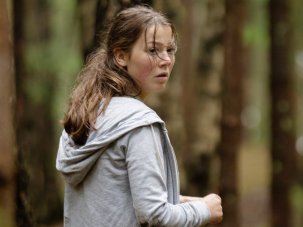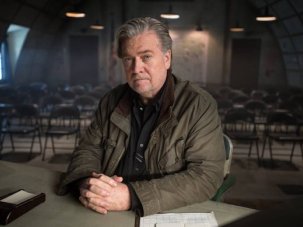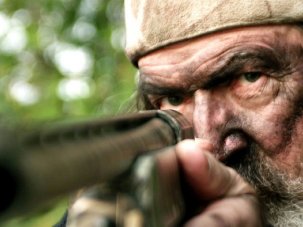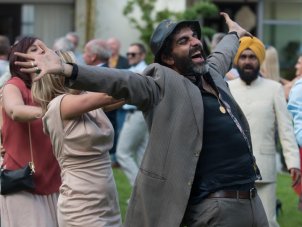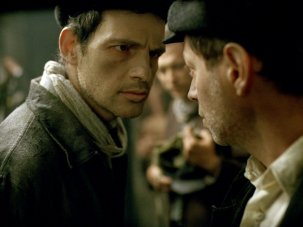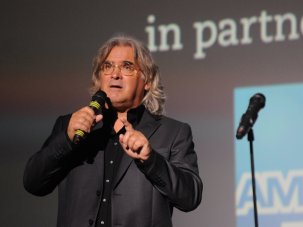For the second time this year a film about the mass shootings on Utøya island near Oslo in 2011 has had me in tears. That is, of course, a normal response to a well-made film about a real-life tragedy in which 69 young people were shot to death, although since I knew in advance what was going to happen on screen I could have used that familiarity to steel myself.
Norway/Iceland/USA 2018
143 mins
Director Paul Greengrass
Cast
Sveinn Thorbjørn Harr
Anders Behring Breivik Anders Danielsen Lie
Geir Lippestad Jon Øigarden
Security Lars Arentz-Hansen
PST Director Anneke von der Lippe
Viljar Jonas Strand Gravli
UK release date 10 October 2018
Distributor Netflix
netflix.com
► Trailer
The reason I wanted to keep more of a critical distance when watching 22 July is that in a report about this year’s Berlinale, I questioned whether Erik Poppe’s U-22 July (in Norway Utøya 22 Juli), the first film on the crime, should have been made at all. What is the purpose in re-enacting these mass slaughters when we know that by doing so we’re satisfying the aims and fantasies of the perpetrator? Indeed the whole point of Greengrass’s 22 July – the slightly weaker film of the two, in my opinion, but the one that will be more widely distributed – is to show how thwarted killer Anders Behring Breivik is by his trial and the defiant testimony of victim Viljar Hanssen, and yet I wonder if now Breivik isn’t quietly smiling to himself that his message is about to be presented in cinemas, especially now that his line in racism is back in the political limelight.
I’m told that in Norway one general approach is not to mention his name or the event – a kind of blind eye repression, for sure, but one that makes some sense because it negates, to a degree, what he hoped to achieve. I saw 22 July at a moment when the debate about whether or not neo-fascist Steve Bannon should have been thrown off a New Yorker event was still live. I feel torn on both issues; freedom-of-expression versus no-platform-for-Nazis is a lose-lose situation for left-liberals. Unlike the filmmakers, I have not met or spoken to any of the victims so I can’t be sure whether or not they’d approve of either film, though I imagine they might want the world to be aware of their horrific experiences.
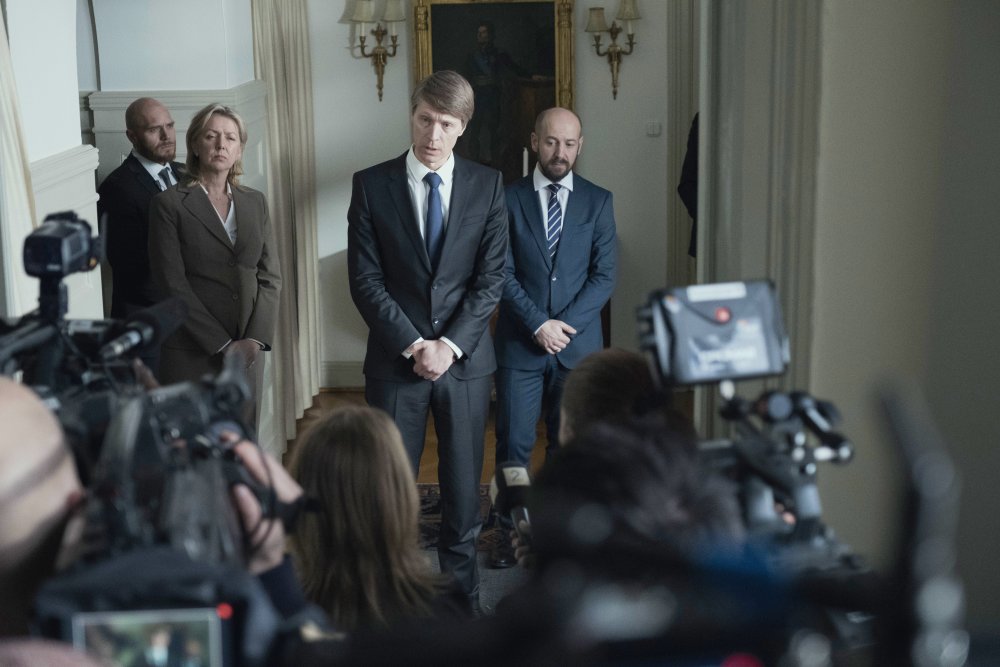
Ola G. Furuseth as Prime Minister Jens Stoltenberg
22 July represents a return to the Greengrass of Bloody Sunday, the careful constructor of cool-headed fact-based fiction built around great emotive performances, and he certainly gets them from his Norwegian cast speaking in English. His film differs from Poppe’s in that U-22 July focused only on the day itself and kept the perspective of the victims, thereby avoiding representing Breivik, but creating drama out of fear, flight, bloodshed and death, whereas 22 July gives us Breivik’s preparations, his bombing of the government building, the killings (with equal focus on him and his victims), the struggle of one victim in particular to recover, the difficulties of the lawyer whose duty it is to defend Breivik, and the trial where Breivik’s racist views are portrayed and countered by powerful witness testimony.
The economy with which Greengrass brings all this together into a coherent flow is admirable. In Jonas Strand Gravli, who plays 17-year-old Hanssen, who received five bullet wounds, is blind in one eye and says his body is “broken”, but who survived to testify, and Anders Danielsen Lie, who plays Breivik as a one-track, probably psychotic mind, he’s found a perfect yin and yang, sensitive human and near-robot antipathy. None the less there is a technical facility to the film that’s almost too good, that zaps past too much like its part of the 24-hour news cycle. As to the propriety of the project, I remain moved but uneasy.
-
The Digital Edition and Archive quick link
Log in here to your digital edition and archive subscription, take a look at the packages on offer and buy a subscription.




